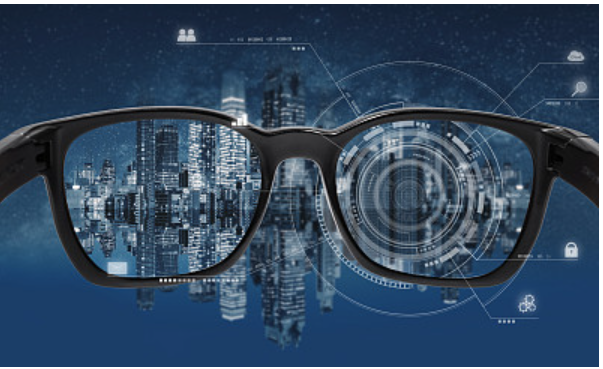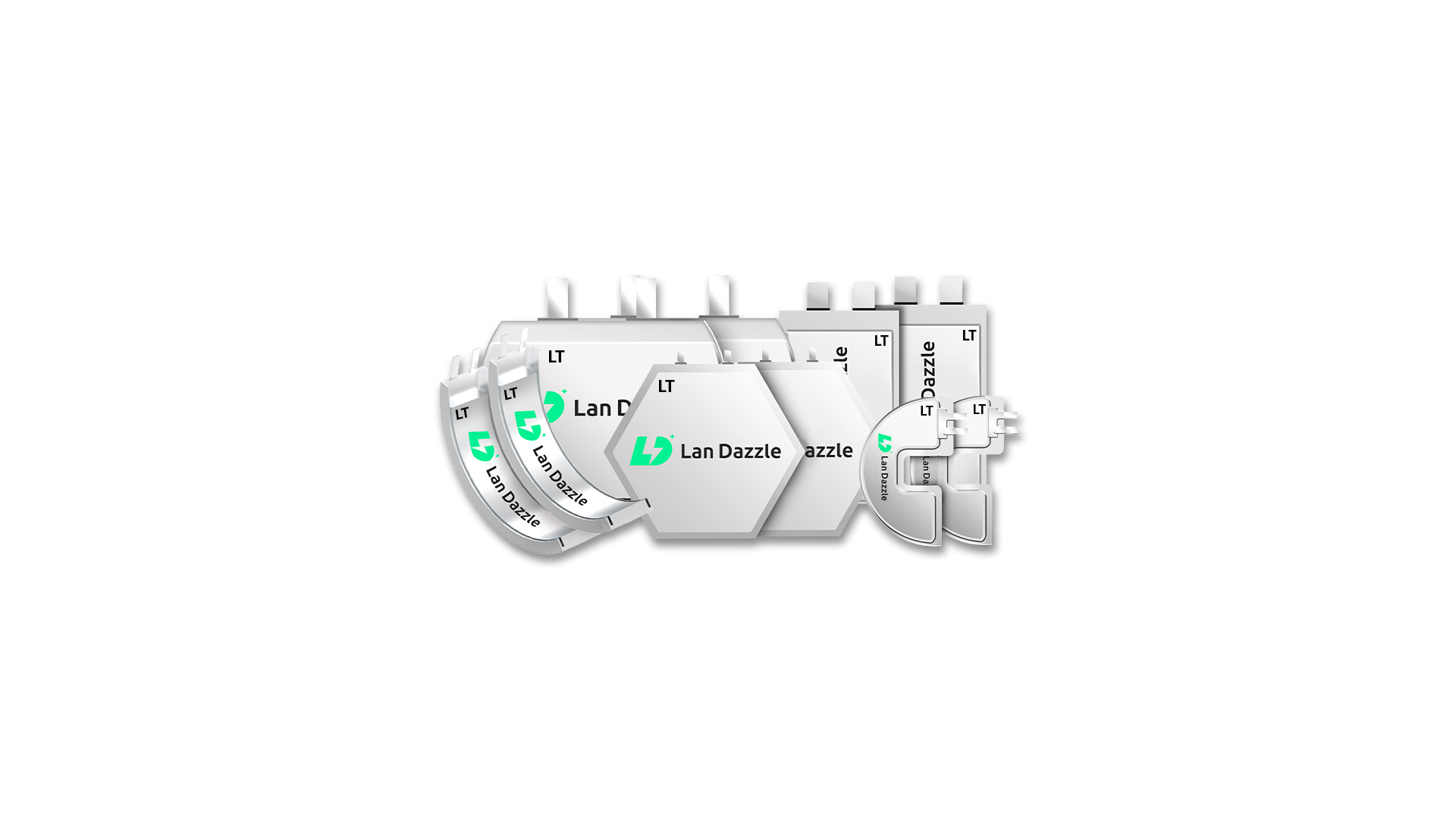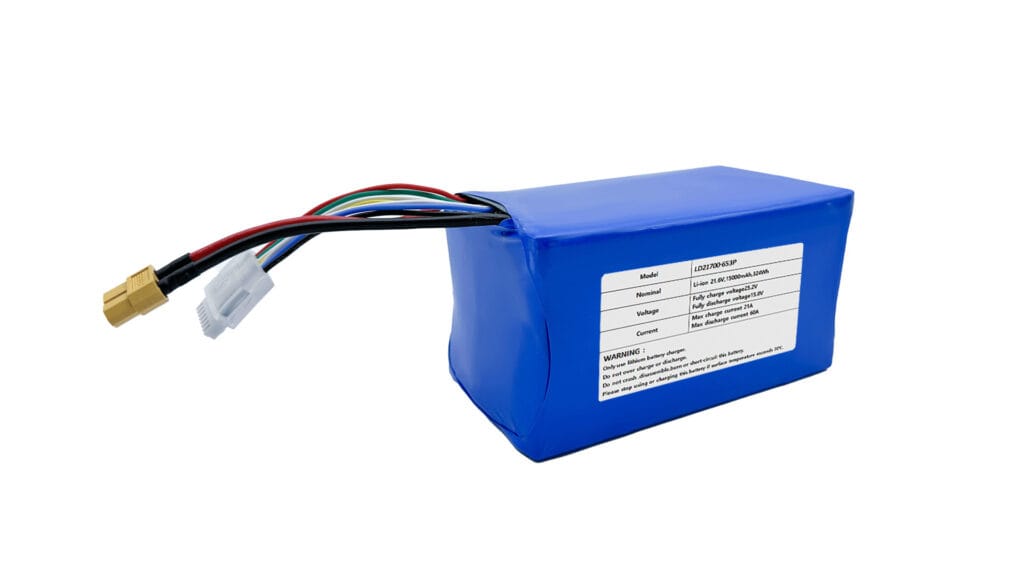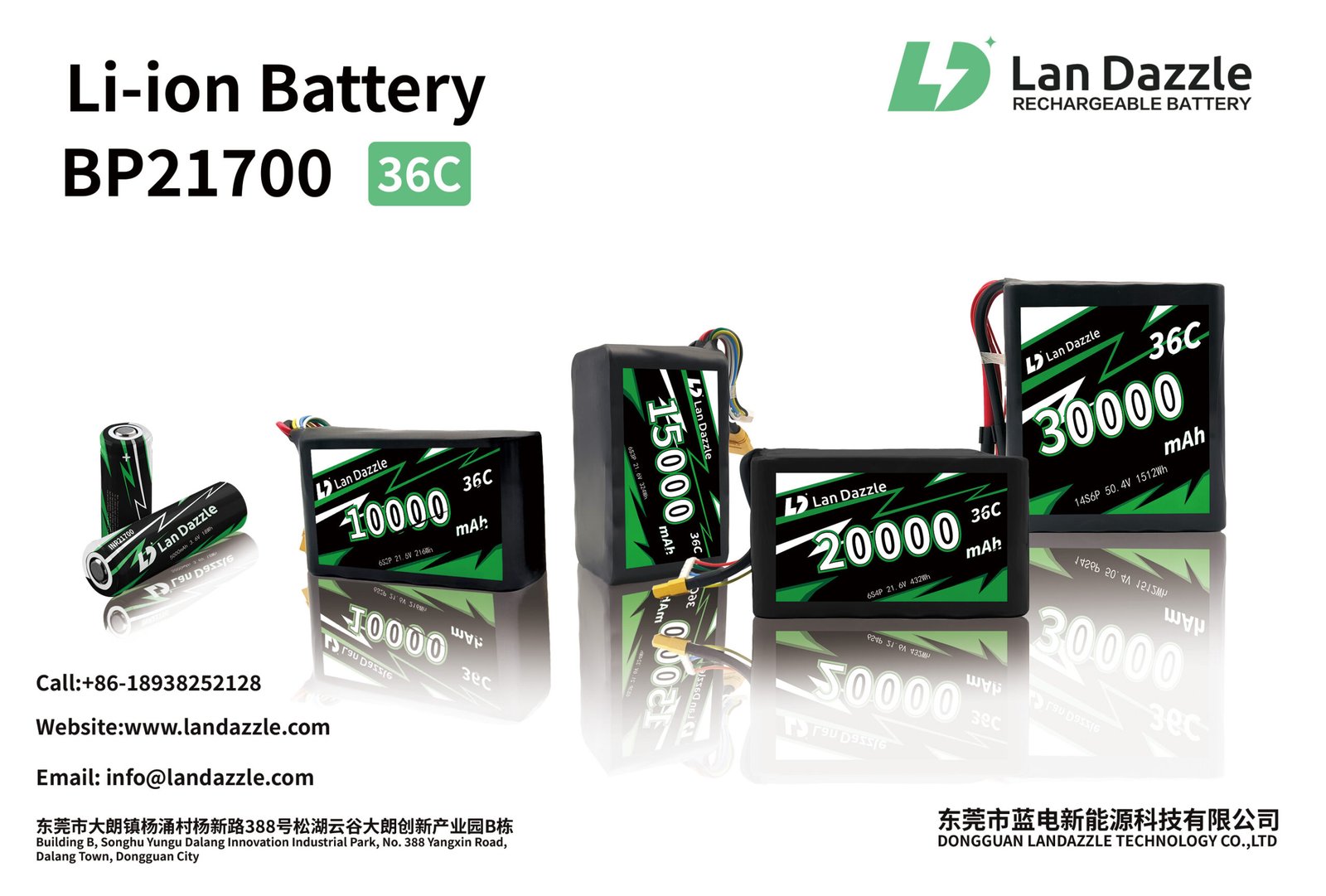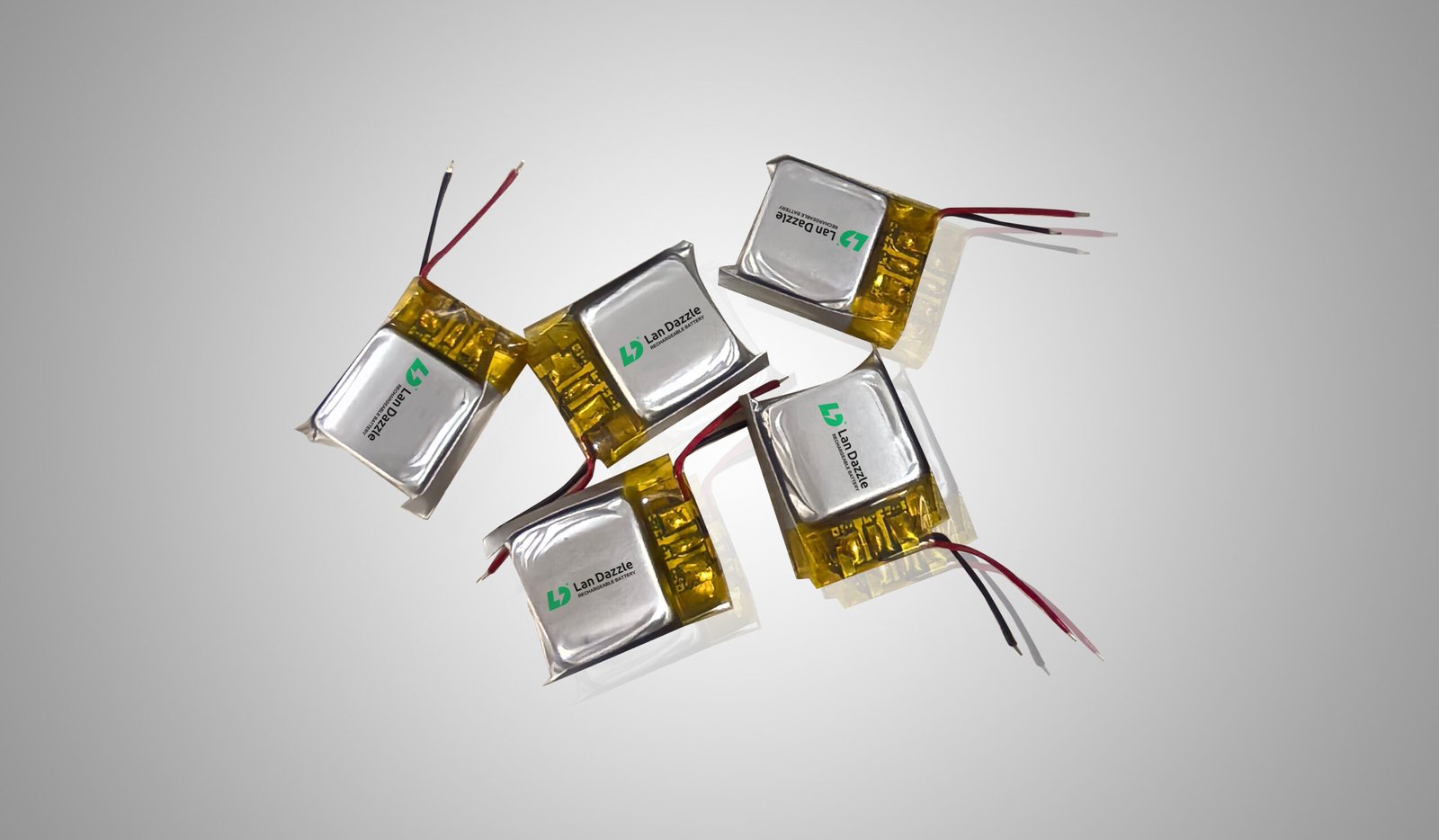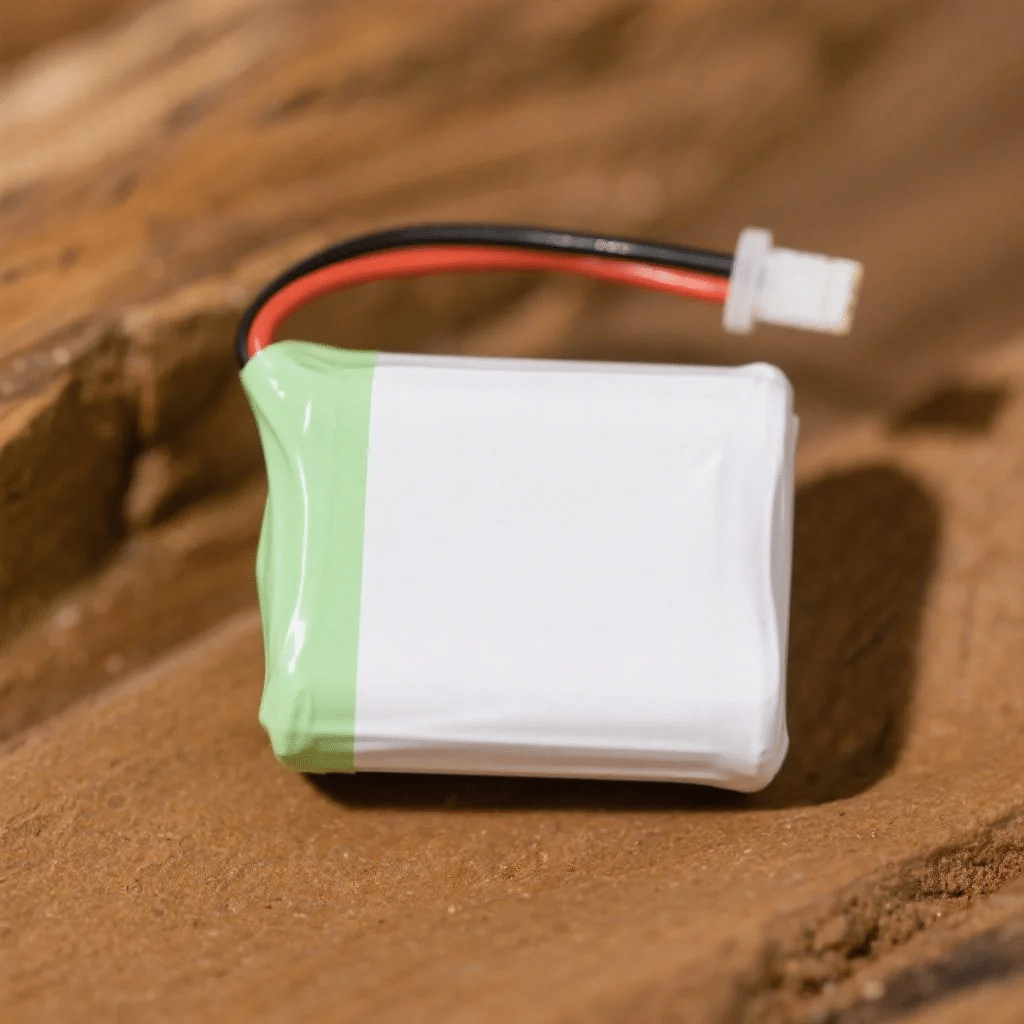导言
Smart glasses are transforming how we interact with the world—combining displays, cameras, and sensors in ultra-compact frames. But behind these advanced features lies one crucial component: the battery. Choosing the right battery affects everything from device weight to runtime and safety. As form factors shrink, demand for thin, high-density, and safe power sources grows rapidly. Lithium polymer (LiPo) batteries are now the leading choice for most manufacturers.
Batteries Used in Smart Glasses
Smart glasses require batteries that are compact, lightweight, and capable of delivering stable performance in a very limited space. While several battery types have been explored in wearable electronics, only a few meet the unique demands of smart glasses. Here are the most commonly used battery types in this space:
1. 锂聚合物 (LiPo) 电池
Lithium polymer batteries are currently the most widely used power source in smart glasses. They offer a slim profile, flexible form factors, and relatively high energy density—making them ideal for integration into thin, lightweight eyewear frames. Their customizable shapes also allow for seamless design adaptation, which is essential in miniaturized wearables.
2. Lithium-Ion (Li-ion) Batteries
Traditional cylindrical or prismatic lithium-ion batteries provide excellent energy density and long cycle life. However, their rigid structure and limited flexibility make them less suitable for compact smart glasses, unless used in modular or external designs. They are more commonly found in larger wearables or AR headsets.
3. Solid-State Batteries (Emerging)
Solid-state batteries are still in the early stages of commercial deployment but are gaining attention for their potential to deliver higher energy density and improved safety. With no liquid electrolyte, they can be made thinner and are less prone to overheating—key advantages for next-generation smart glasses. However, cost and scalability remain challenges.
4. Zinc-Air and Coin Cell Batteries (Limited Use)
In some ultra-light smart glasses or basic audio-enabled glasses, low-power coin cell or zinc-air batteries may be used to extend runtime with minimal weight. These are generally not rechargeable and are limited to simple devices with minimal power requirements.
Battery Comparison Table for Smart Glasses
| 电池类型 | 能量密度 | Size Flexibility | Rechargeable | Safety Level | Typical Use Case |
|---|---|---|---|---|---|
| Lithium Polymer | 高 | 非常高 | Yes | 高 | Most mainstream smart glasses |
| 锂离子电池 | 非常高 | 低 | Yes | 中度 | Larger AR devices, external modules |
| 固态 | 非常高 | 中度 | Yes | 非常高 | Future high-end smart glasses (R&D) |
| Coin Cell | 低 | Small, fixed | No (mostly) | 高 | Basic audio glasses, low-power use |
| 锌-空气 | 低 | Small, fixed | No | 高 | Hearing aids, ultra-light glasses |
Battery Design Challenges in Smart Glasses
Designing batteries for smart glasses involves several unique challenges due to the device’s compact size and complex functionality. Here are the key difficulties manufacturers and engineers face:
1. Limited Space and Thin Form Factor
Smart glasses must remain lightweight and comfortable for all-day wear. This means the battery has to fit into a very slim and irregularly shaped space inside the frame or temple arms. Achieving sufficient capacity without increasing bulkiness is a constant balancing act.
2. Weight Constraints
The battery contributes significantly to the overall weight of the glasses. Heavier batteries can cause discomfort and affect the user experience, so manufacturers prioritize lightweight materials and designs that minimize weight while maximizing power.
3. Heat Dissipation and Safety
Even small batteries generate heat during charging and discharging. In a device worn close to the skin and eyes, effective heat management is critical to prevent overheating and ensure user safety. Battery chemistry and protective circuitry play vital roles here.
4. Maintaining Long Runtime in Small Size
Smart glasses often incorporate power-hungry features like displays, cameras, sensors, and wireless communication. Delivering adequate runtime from a tiny battery requires high energy density cells and efficient power management strategies.
5. Flexible and Custom Shapes
Unlike phones or laptops, smart glasses have highly customized and curved designs. Batteries must be flexible or shaped to fit these contours without compromising structural integrity or performance.
6. Integration with Charging Methods
The battery must support charging methods compatible with the glasses design, such as fast charging, wireless charging, or magnetic connectors. Ensuring safe and efficient charging in a compact form is a technical challenge.
Performance & Safety Considerations
When it comes to smart glasses, battery performance and safety are paramount. Due to the close contact with the user’s skin and sensitive areas like around the eyes, batteries must meet strict standards:
-
高能量密度: Batteries need to deliver enough power to support features such as AR displays, cameras, and wireless connectivity, all while maintaining a small size.
-
Stable Voltage Output: Consistent voltage is crucial to prevent device crashes or malfunctions during use.
-
热管理: Batteries must minimize heat generation and efficiently dissipate any heat to avoid discomfort or damage.
-
Built-in Protection Circuits: Overcharge, over-discharge, short-circuit, and temperature protections are necessary to ensure long-term safety.
-
Compliance with Safety Standards: Certifications like UL, UN38.3, IEC, and RoHS confirm that batteries meet international safety and environmental requirements.
Customization Options for Smart Glasses Batteries
Given the diversity of smart glasses designs, off-the-shelf batteries often can’t meet all requirements. Custom battery solutions provide manufacturers with several advantages:
-
Shape and Size Customization: Batteries can be tailored to fit unique frame geometries and internal spaces, including curved or thin profiles.
-
Capacity and Voltage Adjustment: Custom packs can be designed to meet specific power and runtime needs without excess weight.
-
Connector and Interface Design: Custom terminals and protection circuits ensure seamless integration with the device’s electronics and charging system.
-
增强型安全功能: Additional safety measures can be embedded depending on the use case and environmental conditions.
-
Branding and Packaging: Batteries can be labeled or packaged according to brand specifications for OEM products.
Partnering with a specialized battery manufacturer enables smart glasses developers to optimize their products for performance, comfort, and safety.
LanDazzle Custom Battery Solutions for Smart Glasses
随着智能眼镜市场的不断发展,对满足特定使用案例、外形尺寸和设计要求的定制电池解决方案的需求日益增长。Lan Dazzle 是定制锂离子电池和锂聚合物电池的领先制造商,在为智能眼镜提供高品质定制电池方面发挥着关键作用。
为什么定制很重要?
定制电池使制造商能够满足其智能眼镜产品的确切电力需求。这对于空间和重量都十分有限的可穿戴设备市场尤为重要。通过与值得信赖的定制电池制造商合作,公司可以开发出不仅高性能,而且具有成本效益并针对特定设计进行了优化的电池。
Lan Dazzle 在电池设计和生产方面拥有丰富的专业知识,可确保客户获得符合其技术规格的电池,同时保证电池的长期可靠性和性能。
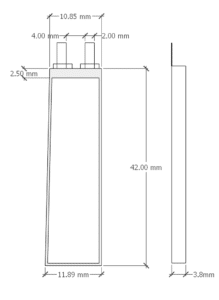
智能眼镜电池的未来
展望未来,智能眼镜电池的前景令人振奋。固态电池等电池化学技术的进步有望提供更高的能量密度、更快的充电时间和更安全的使用。此外,能量收集技术(如太阳能镜片)的创新还能进一步延长电池寿命。
随着智能眼镜逐渐成为主流,电池技术将继续在提升用户体验方面发挥关键作用,推动电池更高效、更持久、更轻便。
结论
智能眼镜正在彻底改变我们与技术互动的方式,但它们的成功在很大程度上取决于可靠、高效电池的开发。锂离子电池和锂聚合物电池是目前为这些设备供电的最常见解决方案,但未来可能会有更多创新解决方案。通过与 Lan Dazzle 这样的定制电池制造商合作,公司可以确保其智能眼镜采用符合其特定需求的最佳电池技术。
